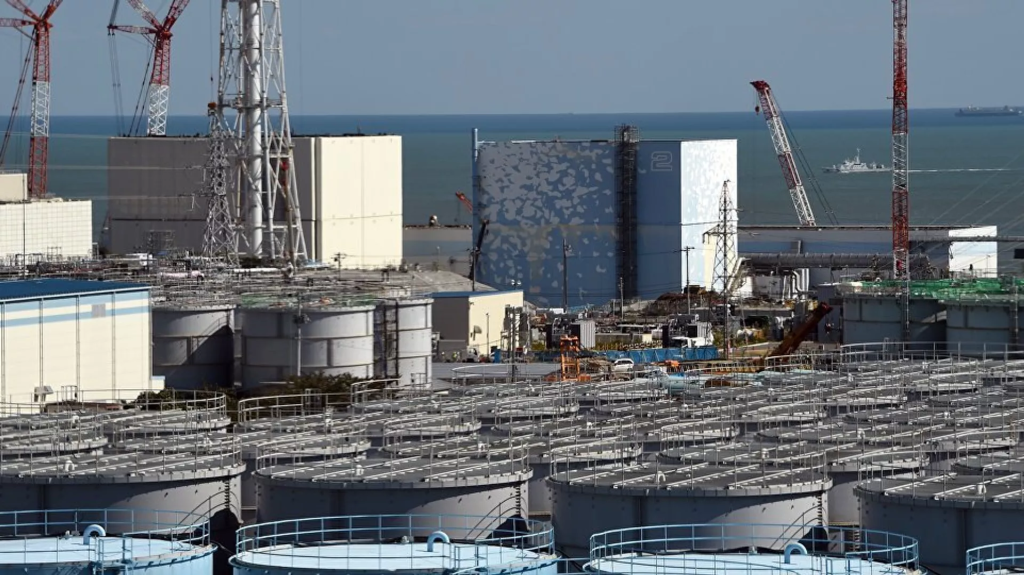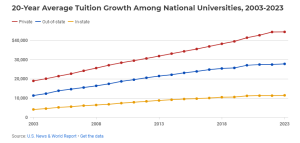Japanese government announced Tuesday it has decided to start releasing nuclear-contaminated wastewater from the crippled Fukushima Daiichi Nuclear Power Plant into the ocean on Thursday, weather conditions permitting.

Despite raging opposition from both home and abroad, Prime Minister Fumio Kishida announced the controversial decision following a ministerial meeting held on Tuesday morning.
Representatives of the country’s fishing industry on Monday reiterated their firm opposition to the ocean discharge plan during Kishida’s meeting with the head of Japan’s national fisheries federation in hopes of gaining understanding.
Hit by a magnitude-9.0 earthquake and an ensuing tsunami on March 11, 2011, the plant suffered core meltdowns that released radiation, resulting in a level-7 nuclear accident, the highest on the International Nuclear and Radiological Event Scale.
The plant has been generating a massive amount of water tainted with radioactive substances from cooling down the nuclear fuel in the reactor buildings, which are now being stored in about 1,000 storage tanks.
In 2015, the Japanese government and the Tokyo Electric Power Company, the operator of the plant, made an agreement with fisheries cooperative associations of both Fukushima prefecture and the nation that they will not proceed with any wastewater disposal “without the understanding of relevant parties.”
A total of 88.1 percent surveyed expressed concerns over the government’s plan to discharge treated radioactive wastewater into the ocean, as the disapproval rate of the Kishida-led cabinet rose to an eight-month high, according to the latest opinion poll conducted by the national news agency Kyodo.

